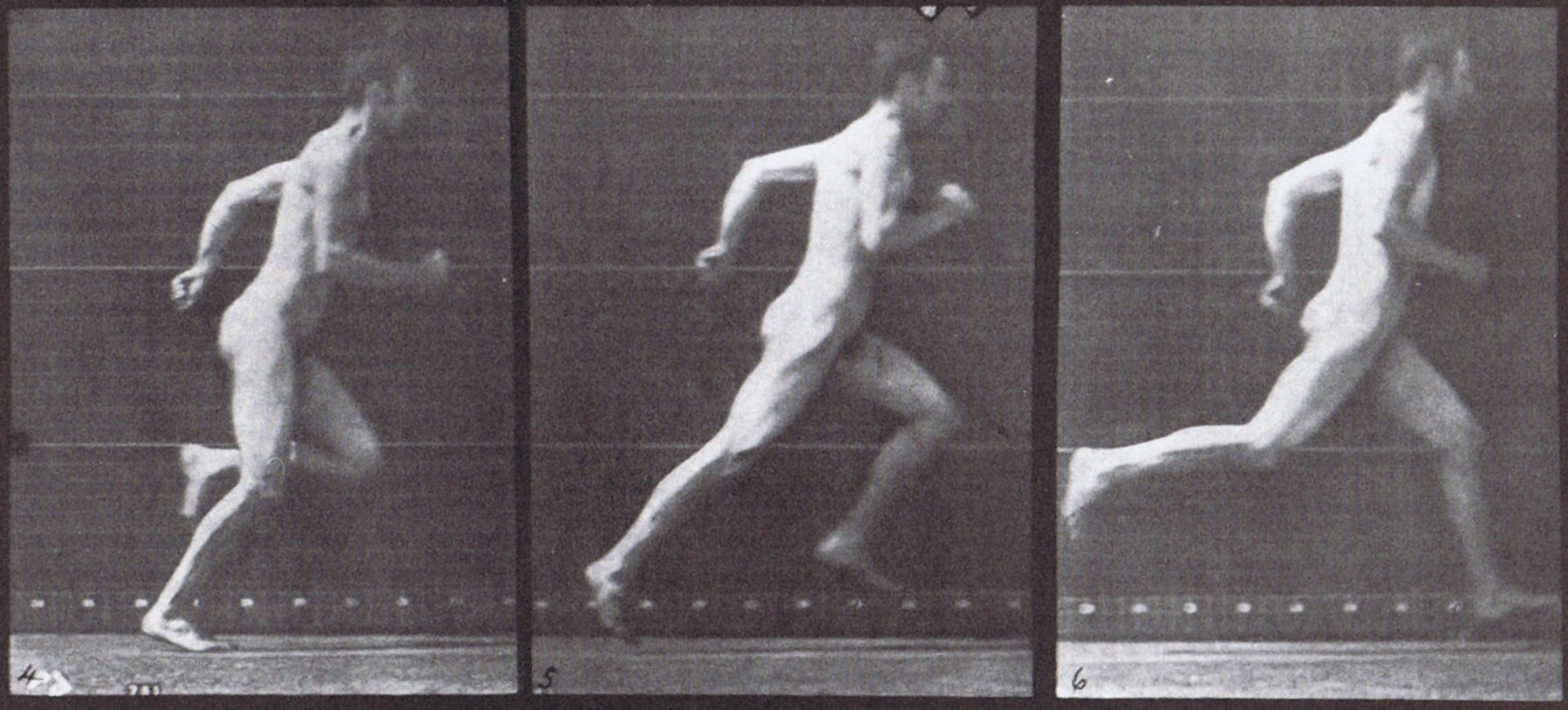Lab Rat: 3D gait analysis
Gait analysis in 3D may be coming to a city near you.

 It’s new, innovative and may revolutionize running injury assessment. Gait analysis in 3D may be coming to a city near you.
It’s new, innovative and may revolutionize running injury assessment. Gait analysis in 3D may be coming to a city near you.
Running injuries happen in three ways, according to Julie Moylan, director of the Downtown Sports Clinics in Calgary: (1) Traumatic – a car hits you, for example; (2) Sudden – you slip on a piece of ice; or (3) Gradual onset – you don’t know the cause of the problem and it gets worse over time. Moylan says 85 per cent of running injuries are the result of gradual onset. “Our philosophy,” says Moylan, “is not just about dealing with the symptoms and pain of the injury. It’s to deal with the cause of the injury.”
Enter Dr. Reed Ferber, assistant professor of kinesiology at the University of Calgary and director of the U of C’s Running Injury Clinic. Ferber has developed a 3D motion analysis system that gives runners a definitive assessment of their injury. Typically, four components make up a running injury assessment: biomechanics, flexibility, anatomical alignment and strength. While the last three components are conducted using scientific measurements, biomechanics is based on visual assessment. And, simply put, there are limitations to even the best-trained eye.
A 3D biomechanical assessment uses three to eight cameras directed at the runner as she walks or runs on a treadmill. The runner wears a “marker set” on her lower extremities which feeds information into a sophisticated computer software program that uses up-to-date research to crunch out an “extremely accurate” assessment, says Ferber.
The marker set – comprised of 20 small, retro-reflective “balls” mounted on plastic shells and secured with straps – takes about 20 minutes to apply to the runner. Precision is critical as each marker must be placed in the correct location on the runner’s body in order to properly correspond to the joint markings within the computer. The runner only needs to walk or jog on a treadmill for about 40 seconds for sufficient data to be collected. The complete biomechanical assessment is ready less than four minutes later.
Emma Skolnik, 22, recently went through a 3D analysis at Ferber’s clinic at the U of C. The former competitive figure skater had been on blades since she was six years old and struggled with various injuries throughout her skating career. Five years ago, she retired from the sport and turned her attention to running.
Shortly after switching sports, Skolnik began experiencing intermittent pain in her shins serious enough to jeopardize her running aspirations. She suffered for four-and-a-half years before finally seeking professional help.
During Skolnik’s first visit to Ferber’s clinic, she received a running injury evaluation, not using 3D technology. A number of issues were identified, including shin splints, and Skolnik was told she was on the verge of a stress facture. Her injury risk assessment score was 70 per cent,meaning she had a 70 per cent chance of getting or remaining injured. Skolnik was given five therapeutic exercises to perform over the next several weeks.
When she returned to the clinic six weeks later, Skolnik was pain-free but her risk assessment score was still high at 52 per cent. Skolnik received a 3D biomechanical assessment, which proved she still had work to do. Ferber showed Skolnik a short video of her 3D assessment and pointed out her prolonged foot pronation, how her pelvis was dropping, and how both of her knees were driving inwards. “Seeing the video was really motivating and beneficial,” said Skolnik. New exercises were assigned to her.
On her third visit to the clinic two weeks later, Skolnik’s risk assessment score had dropped to 36 per cent. Ferber ultimately wants her score around 20. Thanks to 3D technology, Skolnik is healthy and back on her feet again, exactly where any dedicated runner wants to be.
Ferber’s goal is to install 500 3D gait analysis systems at various clinics and hospitals worldwide in the next five years. Currently, the 3D system is available at the U of C and Moylan’s downtown Calgary clinic. There are only three other places in the world where 3D gait analysis for running injury assessment is available.
Look for the system’s newest locations in Victoria and Banff. The cost of a complete, two-hour 3D gait assessment is $400, which can be waived if the person qualifies for a research study. Referrals are not required.
Andrea Tombrowski is a Calgary-based writer, reporter and photographer.


